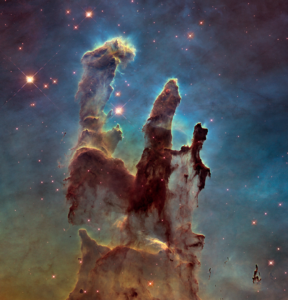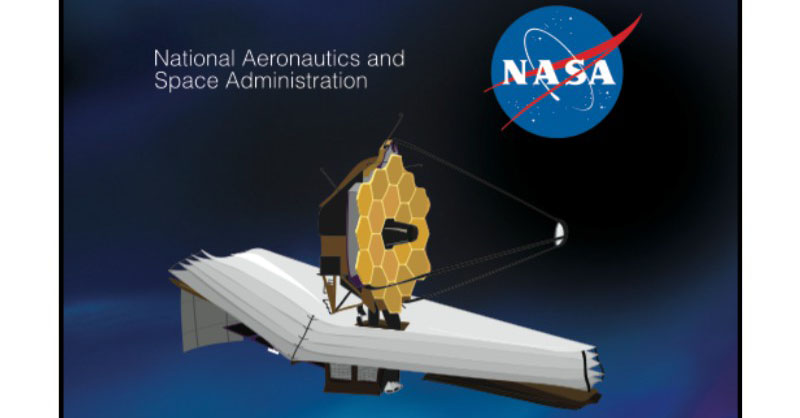Celebrate the upcoming launch of NASA’s James Webb Space Telescope using a new Toolkit of five interactive activities. This month’s featured activity is Life Cycle of a Massive Star.
Explore the life cycle of stars with your patrons! Provide this craft as a library program, Take & Make activity, or send patrons home with a life cycle bookmark.
Don’t have access to plastic pony beads? Make your own paper beads with an alternate version of the activity here.
Time to complete: 20-40 minutes
Ages: 5 years and up
Total Cost: $1-5 and printing
Fundamental Space Science Concepts
Astronomers are very interested in how stars evolve, to help us better understand how our own Sun and other stars formed and how they will end, and how this cycle of change generates the elements and molecules that make up the planets, oceans, life, and us. Stars come in different sizes and colors (red, orange, yellow, white, and blue) and change over time.
Stars are born in dense clouds of gas and dust in space, which are difficult to see inside. Telescopes like the James Webb Space Telescope will be able to peer into those clouds, to study the forming stars and planets. These clouds form thousands of stars in clusters like the Pleiades. For most of their billions of years stars change slowly as they consume their hydrogen fuel in their cores. As a star ages, its core becomes denser and hotter, and the outer envelope of gas becomes more diffuse and broader—it grows and becomes a red giant. If it is very massive, it will continue to expand into a red supergiant. At the end of their “lives,” a small or medium-mass star (like our Sun) will shed its outer layers of gas, leaving its hot dense core (a white dwarf) behind . A massive star will become unstable and explode in a supernova while its remaining core collapses into a neutron star or black hole.

This cloud of gas in space is veiling the formation of thousands of new stars.
Video Resources for you to use and share with patrons::
NASA Launchpad video: Life Cycle of a Star
STAR Net JWST Event Page: Look Up! Explore Our Universe
Discover more JWST Launch Toolkit activities at
http://clearinghouse.starnetlibraries.org/176-look-up-explore-our-universe





Leave A Comment